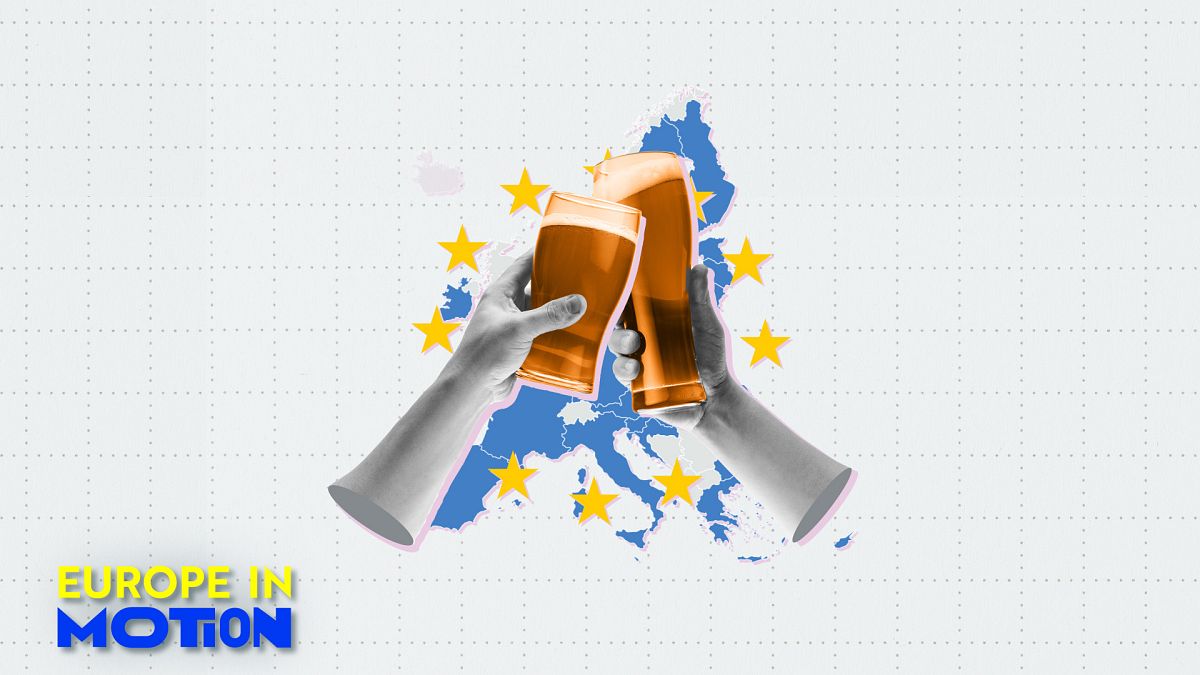Published on
•Updated
Beer is more than just a beverage in Europe: it is a cultural symbol and an economic driver.
According to Eurostat, European Union countries produced 32.7 billion litres of beer in 2024, a small increase of 0.6% compared to the previous year.
The biggest growth occurred in the low or no-alcohol beer sector, which brewed 2 billion litres in 2024, an increase of 11.1%.
Germany is the top producer of beer, with 7.2 billion litres, about one-fifth of the EU total, leading the way in alcohol-free brewing too.
Spain comes second with 4 billion litres, followed by Poland (3.4 billion litres), the Netherlands (2.2 billion litres), and Belgium (2.1 billion litres).
When it comes to exports, however, the Dutch are in first place, shipping 1.5 billion litres of beer in 2024. This is, however, a 12% drop compared to 2023.
After the Netherlands, Germany and Belgium share the second place for exports (1.4 billion litres), followed by Czechia (0.6 billion litres), and Ireland (0.5 billion litres).
On the other hand, the biggest beer importers are France, Italy, Spain, Germany, and the Netherlands.
Yet Europe’s drinking culture comes with a health warning. According to the World Health Organization (WHO), adults in Europe consume on average 9.2 litres of pure alcohol every year, which is well above the world average.
Even drinking small amounts can cause more than 200 diseases, injuries and other health conditions. For that reason, the WHO warns that no form of alcohol consumption is risk-free.

